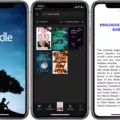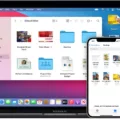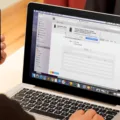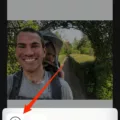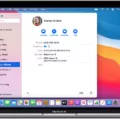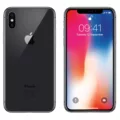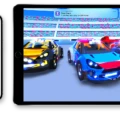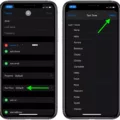If you are experiencing issues with your Mac not showing contacts or syncing them properly, don’t worry, you’re not alone. Many users encounter this problem, but fortunately, there are several troubleshooting steps you can take to resolve it. In this article, we will guide you through the process of getting your contacts to show up on your Mac.
1. Check iCloud Sync and Account Settings:
First, ensure that iCloud sync is enabled on both your Mac and iPhone. To do this, go to “System Preferences” on your Mac, click on “Apple ID,” and make sure that “Contacts” is checked. On your iPhone, go to “Settings,” tap your name at the top, select “iCloud,” and ensure that the “Contacts” toggle is turned on.
2. Verify Contact Group Selection:
Sometimes, contacts may not appear on your Mac due to incorrect contact group selection. Open the Contacts app on your Mac, click on “View” in the menu bar, and select “Show Groups.” Check if the desired contact group (such as iCloud or Google) is selected. If not, tick the box next to it.
3. Update macOS and iOS:
Keeping your operating systems up to date is crucial for optimal functionality. Ensure that both your Mac and iPhone are running the latest versions of macOS and iOS. To update your Mac, go to “System Preferences” > “Software Update.” On your iPhone, navigate to “Settings” > “General” > “Software Update.”
4. Restart Devices:
Sometimes, a simple restart can fix various issues, including contact synchronization problems. Restart your Mac and iPhone by selecting “Restart” from the Apple menu on your Mac and holding the power button on your iPhone until the slider appears.
5. Disable and Re-enable iCloud Contacts Sync:
Try turning off iCloud contact sync on both your Mac and iPhone, wait for a few seconds, and then turn it back on. Go to “System Preferences” > “Apple ID” > “iCloud” on your Mac and toggle off/on the “Contacts” option. On your iPhone, go to “Settings” > “Your Name” > “iCloud” and toggle off/on the “Contacts” switch.
6. Reset Sync Services on Mac:
If the issue persists, resetting the Sync Services on your Mac might help. Quit the Contacts app and other Mac applications using iCloud sync. Open the Finder, click on “Go” in the menu bar, press and hold the Option key, and select “Library.” Locate the “Preferences” folder, find the file named “com.apple.syncserver.plist,” and move it to the trash. Restart your Mac and check if the contacts sync properly.
7. Check Internet Connectivity:
Ensure that both your Mac and iPhone are connected to the internet. A stable and reliable internet connection is crucial for contact synchronization. Try switching to a different Wi-Fi network or restarting your router if necessary.
8. Contact Apple Support:
If none of the above troubleshooting steps resolve the issue, it’s recommended to reach out to Apple Support for further assistance. They can provide specific guidance based on your device and operating system version.
Remember that these troubleshooting steps are general suggestions and may vary depending on your specific situation. It’s always a good idea to backup your contacts before making any changes to avoid potential data loss.
If your contacts are not showing on your Mac, try checking iCloud sync and account settings, verifying contact group selection, updating your operating systems, restarting devices, disabling and re-enabling iCloud contacts sync, resetting sync services, and ensuring internet connectivity. If the issue persists, contact Apple Support for further assistance.
How Do I Get My Contacts To Show Up On My Mac?
To get your contacts to show up on your Mac, you can sync them from your iPhone, iPad, or iPod touch. Here’s a step-by-step guide to help you with the process:
1. Connect your device (iPhone, iPad, or iPod touch) to your Mac using a USB cable.
2. On your Mac, open Finder. You can do this by clicking on the Finder icon in the Dock or by pressing Command+Space and typing “Finder” in the Spotlight search.
3. In the Finder sidebar, you should see your connected device listed under the “Locations” section. Click on it to select it.
4. Once your device is selected, you’ll see various options in the Finder window. Click on the “Info” tab located in the top button bar.
5. In the “Info” tab, you’ll find different syncing options for contacts, calendars, and more. Make sure the checkbox next to “Sync contacts” is ticked.
6. You can also choose to sync specific contact groups by selecting the respective checkboxes under the “Advanced” section.
7. If you want to sync your calendars as well, tick the checkbox next to “Sync calendars” and choose the desired calendar application from the drop-down menu.
8. Additionally, you can customize the syncing options for other data like email accounts, notes, bookmarks, etc., by selecting the respective checkboxes.
9. Once you’ve selected the desired syncing options, click on the “Apply” button in the bottom-right corner of the Finder window.
10. The syncing process will start, and your contacts, calendars, and other selected data will be transferred from your device to your Mac.
It’s worth noting that you need to have iCloud enabled on both your device and Mac for this syncing process to work seamlessly. Also, ensure that you have a stable internet connection during the syncing process.
By following these steps, you should be able to get your contacts to show up on your Mac.
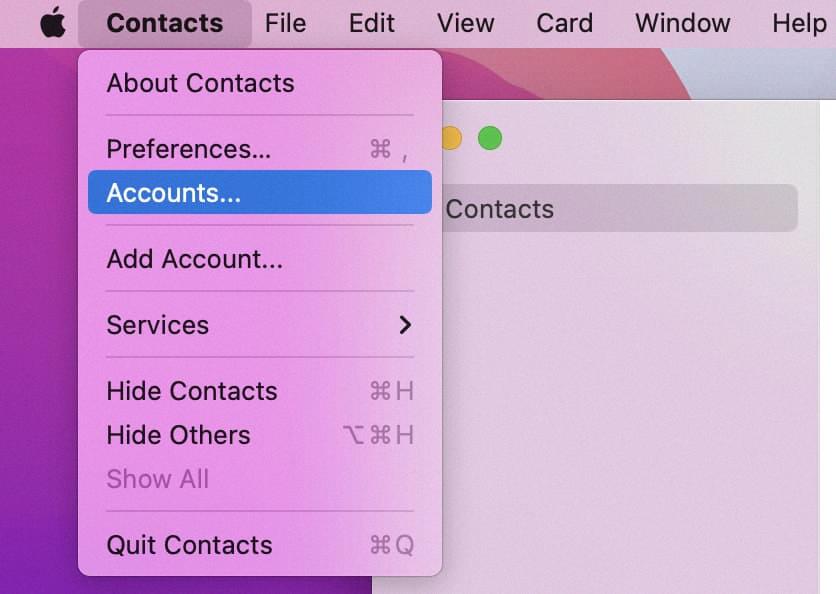
How Do I Force My iPhone Contacts To Sync With My Mac?
To force your iPhone contacts to sync with your Mac, you can use iCloud, which allows for seamless synchronization between your devices. Here are the steps to follow:
1. On your iPhone, open the Settings app.
2. Scroll down and tap on your name at the top of the screen.
3. Within your Apple ID settings, tap on “iCloud.”
4. On the iCloud settings page, you’ll see a list of apps that use iCloud. Make sure the toggle switch next to “Contacts” is turned ON. If it’s already ON, you can proceed to the next step.
5. If you have existing contacts on your iPhone and contacts in your iCloud account, you may be prompted with the option to merge them. Tap on “Merge” to combine both sets of contacts.
6. Now, on your Mac, open the Contacts app.
7. In the menu bar at the top of the screen, click on “Contacts” and then select “Preferences.”
8. In the Preferences window, click on the “Accounts” tab.
9. Make sure the checkbox next to “Enable this account” is checked for your iCloud account.
10. Close the Preferences window, and your Mac should start syncing with your iPhone contacts.
By following these steps, you can ensure that your iPhone contacts will sync with your Mac using iCloud. It’s important to note that both your iPhone and Mac need to be connected to the internet for the synchronization to take place.
Conclusion
Syncing contacts and calendars between your Mac and iPhone, iPad, or iPod touch can be easily achieved through various methods. One option is to connect your device to your Mac and use the Finder to sync contacts and calendars. Simply select the device in the Finder sidebar, click on Info, and choose the desired options. click Apply to initiate the sync.
Alternatively, you can utilize iCloud to sync contacts from your iPhone to your Mac. This involves going to Settings on your iPhone, tapping on your name, and selecting iCloud. Make sure the Contacts option is toggled on, and if prompted, choose to merge your existing contacts with those in iCloud. This will ensure that your contacts are seamlessly synced across all your devices.
It is worth noting that if you have a Google account linked to your Android smartphone, your contacts should already be syncing automatically. However, if you encounter any issues with contacts not showing up, you can manually sync them. Simply go to the settings of your Android device, find the Accounts section, select your Google account, and make sure the Contacts option is enabled.
By following these steps, you can easily sync your contacts and calendars between your Mac and iOS devices, ensuring that you have the most up-to-date information at your fingertips.

